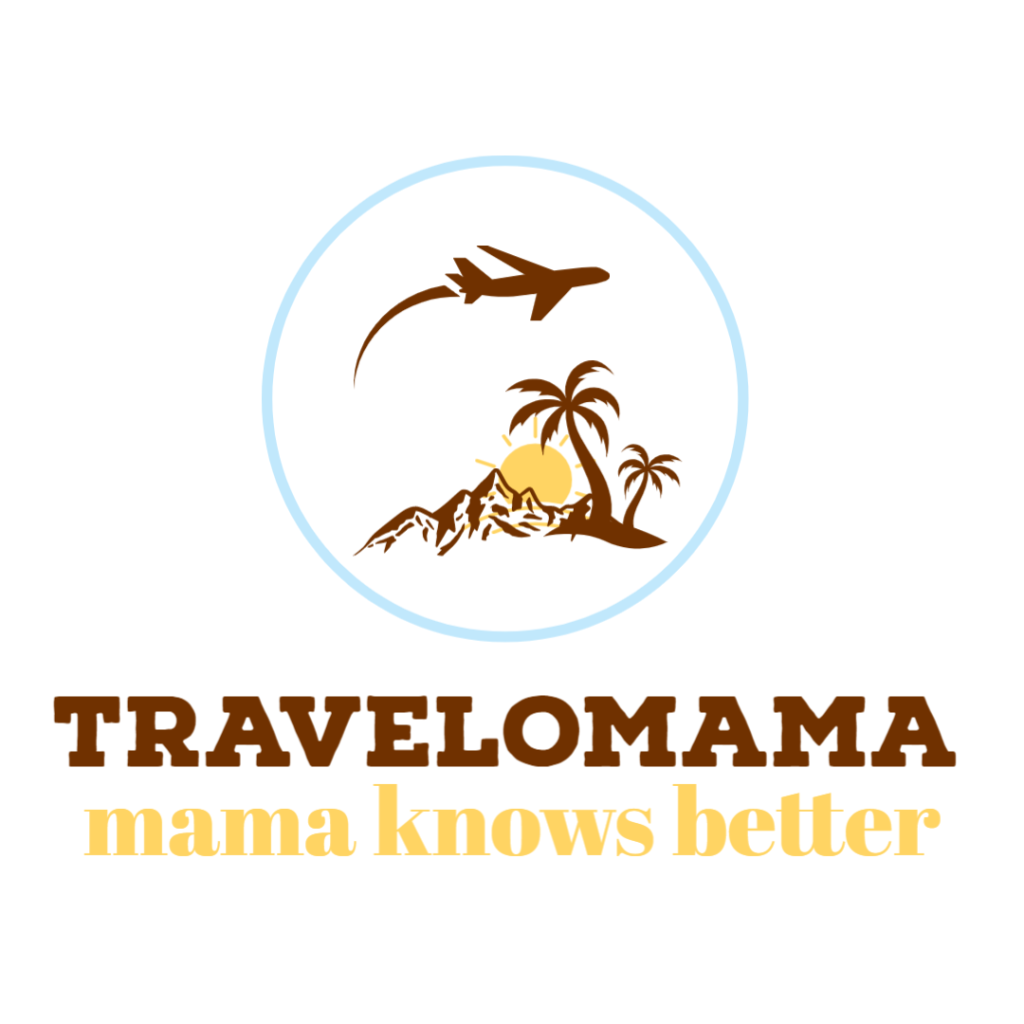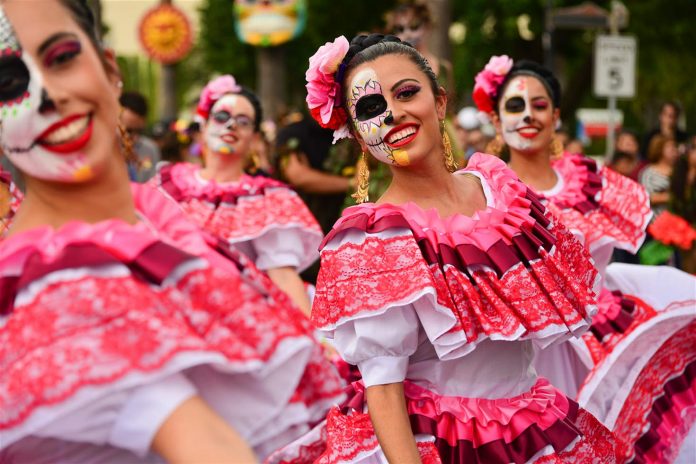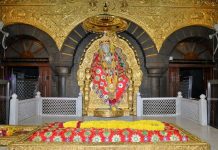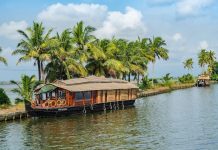At the start of every November, millions of people across Mexico and beyond celebrate the lives of their dearly departed—with ofrendas (altars), calaveras (skulls), poetry and some of the most colorful face paint in the world.
The holiday is known as Día de Muertos (Day of the Dead) and has its origins in Aztec and other pre-Hispanic cultures. These ancient peoples honored their dead in lengthy, summertime celebrations. These traditions evolved over time and became entwined with the Catholic beliefs of colonizers in the New World, shifting the timing of these celebrations to November 1st and 2nd (All Saints and All Souls Days, respectively).
 Children get into the spirit of Dia de los Muertos with colorful costumes and intricate face paint
Children get into the spirit of Dia de los Muertos with colorful costumes and intricate face paint
Thousands of years later, Mexicans (as well as some other Latinxs) continue to host a sort of “reunion” with those they’ve lost on these two days. November 1st is reserved for the souls of children gone too soon, while November 2nd is a day during which families honor the rest of the loved ones they’ve lost. Those who celebrate may create ofrendas with photos of the deceased, flowers, foods, and more so that the souls of those gone may return for a night. Some use catrinas (richly-dressed skeletons made popular by Mexican printmaker Jose Guadalupe Posada). Many also head to cemeteries to clean up and leave offerings for lost friends and relatives.
Across the U.S., this tradition continues to hold strong in certain cities, where large celebrations including parades and block-parties bring Mexican-Americans closer together. We’ve put together a list of the largest, most traditional celebrations across the country.
 Los Angeles has one of the largest Día de Muertos festivals in the US with dancers filling city streets
Los Angeles has one of the largest Día de Muertos festivals in the US with dancers filling city streets
Los Angeles
Home to one of the largest Mexican diasporas, Los Angeles is host to a number of Día festivities. Olvera Street is one of the most popular destinations, hosting events from October 25th through November 2nd over the past 30 years. Community altars are displayed, processions happen nightly, and folks can even have their faces painted.
The other major celebration (LA Day of the Dead) occurs at the Hollywood Forever Cemetery on November 2. Now in its 20th year, the event features a ceremonial procession, costume contests, Aztec rituals, a cathedral art exhibit, live music, a children’s art center, and a massive altar competition with multiple $3,000 prizes.
Chicago
The National Museum of Mexican Art in Chicago is one of the top Latinx museums in the nation, and it’s no wonder that they also host one of the largest Día celebrations as well. Known as Día de Los Muertos Xicago, the annual event takes place both in the museum as well as in the surrounding outdoor areas (including Harrison Park).
Inside, visitors can check out the Día de los Muertos: Spiritual Legacy exhibition, where traditional and contemporary works are displayed. Outside, families are invited to attend and create their own altars as well as enjoy live performances and delicious pan de muerto (a bread typically enjoyed on the holiday).
 Catrina statutes and other Día de Muertos art is prevalent all through San Antonio for the holiday
Catrina statutes and other Día de Muertos art is prevalent all through San Antonio for the holiday
San Antonio
Another city with a vibrant Mexican influence is San Antonio, which is where you’ll find the annual Muertos Fest. Happening the final weekend in October at La Villita Historic Arts Village, this grand celebration includes various cultural workshops like flower and mask making, and sugar skull decorating, plus mariachis, dance performances, live poetry, and an incredible puppet procession. Add dozens of Mexican art and food vendors and you’ve got yourself quite the party.
New York City
One of the largest Día festivities in the nation is the New York City Day of the Dead Festival in Staten Island. Two massive altars are created, including a communal one where guests can bring in photos and other offerings related to their deceased loved ones. The other giant ofrenda is dedicated to a specific Mexican region.
Mano a Mano, a local nonprofit celebrating Mexican culture, hosts another large, multi-day event at St. Mark’s Church in the Bowery. Live performances, workshops, and a marketplace where folks can pick up ofrenda must-haves like papel picado (decorative perforated paper), sugar skulls, and pan de muerto are among the highlights.
The Brooklyn Children’s Museum, the Museum of the City of New York, the American Museum of Natural History also host celebrations.
 Performances and take center stage at the Día de Muertos festival in the Mission District in San Francisco
Performances and take center stage at the Día de Muertos festival in the Mission District in San Francisco
San Francisco
The Mission District is the place to be when celebrating Día in San Francisco. Each year, the Festival of Altars takes place in Garfield Park (hosted by the Marigold Project). Attendees bring candles, flowers, and photos to leave at the communal altar, or are welcome to create their own ofrenda. Guests can also take part in a massive Día procession.
Locals can also visit the Mission Cultural Center for Latino Arts to check out the Vuelo de los Ancestros (Flight of the Ancestors) event. Artists create installations dedicated to the holiday, which can be seen throughout October, with the main festivities (including live performances) taking place November 2nd.
Fort Lauderdale
South Florida is a melting pot of Latinx cultures, so it’s no wonder that it’s now home to one of the most riveting Día events yet. Florida Day of Dead in Fort Lauderdale is best known for its amazing skeleton processional, led by mariachis and massive skeleton puppets (some towering at nearly 20 feet in height). If that doesn’t convince you, they’ve also got folkloric ballet performances from various Latin-American countries, a handmade artisan showcase, all-ages workshops, and of course, ofrendas.
 The parade is one of the highlights of the Día de Muertos festivities in Albuquerque, New Mexico
The parade is one of the highlights of the Día de Muertos festivities in Albuquerque, New Mexico
Albuquerque
Undoubtedly the Muertos y Marigolds Parade in the South Valley is the largest Día celebration in town. This event begins with workshops (like face painting and calavera doll making) heading up to the big day. March in the parade (or enter a float), try delicious food from local vendors, purchase arts and crafts and get into the spirit of things all while remembering your dead.
That said, Albuquerque is home to a full month of activities long dedicated to the holiday. The non-profit Explora, for example, hosts a number of events, such as paper marigold making, sugar skull decorating, and even helping to build their float for the parade.
Austin
The quirky town of Austin, Texas also boasts a grand Día de Muertos event called the Viva La Vida Festival. The event is put on by the Mexic-Arte Museum, drawing thousands of attendees with a grand procession, an education pavilion with hands-on activities for all ages, folkloric ballet performances and then some. Face painting, storytime for young guests, traditional food vendors, Aztec dancers, and even a low-rider exhibition add to the merriment.
 The mercado in Old Town, San Diego fills up with ofrendas and performers for Día de Muertos
The mercado in Old Town, San Diego fills up with ofrendas and performers for Día de Muertos
San Diego
San Diego hosts numerous Día events in October and November, from the Day of the Dead Festival in North Park, to the Sherman Heights Day of the Dead (with free self-guided tours of the neighborhood’s outdoor altars, community breakfast, and then some), and City Height’s Día de los Muertos (featuring singing, dancing, and contests for best catrina and catrin).
But it’s Old Town’s Day of the Dead celebration that tends to command the most attention. The event is held at the town’s mercado (marketplace) where folks can enjoy a tour of more than 40 altars, take part in costume contests, walk in a candlelight procession, enjoy giant skeleton puppets, and of course, eat, drink, dance, and honor the departed.




